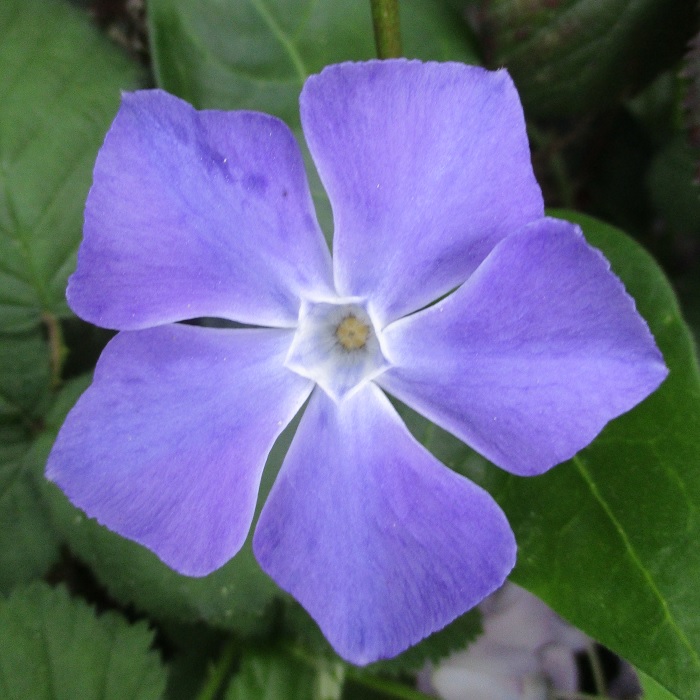UNITED STATES—Lawns composed of turf grasses are the most functional, but also the most demanding forms of groundcover. That is old news. There are so many other less demanding low growing plants that that can cover the ground in areas that are not used like lawns are. Sometimes they work nicely just to control weeds. Sometimes they help to control erosion on otherwise unlandscaped hillsides.
Like all other plants in the garden, groundcover plants must be appealing. There is no point in growing plants that look no better than the bare soil they are intended to obscure, or the weeds they are intended to control. Some provide good foliage. Some bloom nicely. Many do both. Although not as resilient to wear as turf grasses, some groundcover plants tolerate some degree of traffic.
There are of course all sorts of groundcover. Only a few want as much water as lawns need. Some need no watering at all once established. Some are low growing shrubbery like sprawling forms of ceanothus, coyote brush, cotoneaster, coprosma and juniper. Others are vines like honeysuckle and ivy. Some of the best are creeping low perennials like iceplant, gazania and African daisy.
Low growing shrubberies may not be practical for confined spaces. When they run out of room to grow laterally, they tend to pile up on themselves, and some types can eventually get quite deep. Some types look silly if pruned around the edges for containment. Vines however need to be pruned around the edges, as well as out of trees and shrubbery. Some vines eventually get deep too.
Sprawling perennial groundcovers are the lowest and tidiest of groundcovers. They might not be as practical as shrubbery or vines for large areas, but are more often the better options for tight spaces. They do not mind getting pruned around the edges, and generally do not need any other pruning, although some look better if mown annually. Periwinkle and Saint John’s wort can get deep enough to get sloppy. Many other perennial groundcovers stay low enough to barely get disheveled by light trampling.
Highlight: periwinkle
Like so many of the easiest to grow plants, periwinkle, Vinca major, is too easy to grow. It has become an invasive exotic (nonnative) weed in many moist riparian environments. It can get rather weedy in home gardens as well. This can be an advantage if it happens to fill in for bald spots in areas of other ground cover. It is a disadvantage if it overwhelms or competes with other plants.
It is hard to believe that such a seemingly innocent plant with sporadic but delightful light blue flowers amongst rich green foliage has such unpleasant potential. The radial flowers are about an inch or maybe two wide, and bloom almost all year except for winter. The simple evergreen leaves are likewise an inch or two long. The wiry stems stand a foot or two high before flopping over.
Once stems lay down, they develop roots where they touch the ground, and form new plants that repeat the process of producing upright stems that flop over. Without confinement, there is no limit to the trouble they can get into. Fortunately, it is not a fast process. Cultivars with white or purple flowers, or variegated foliage are more complaisant. Periwinkle is neater if mown as winter ends.





